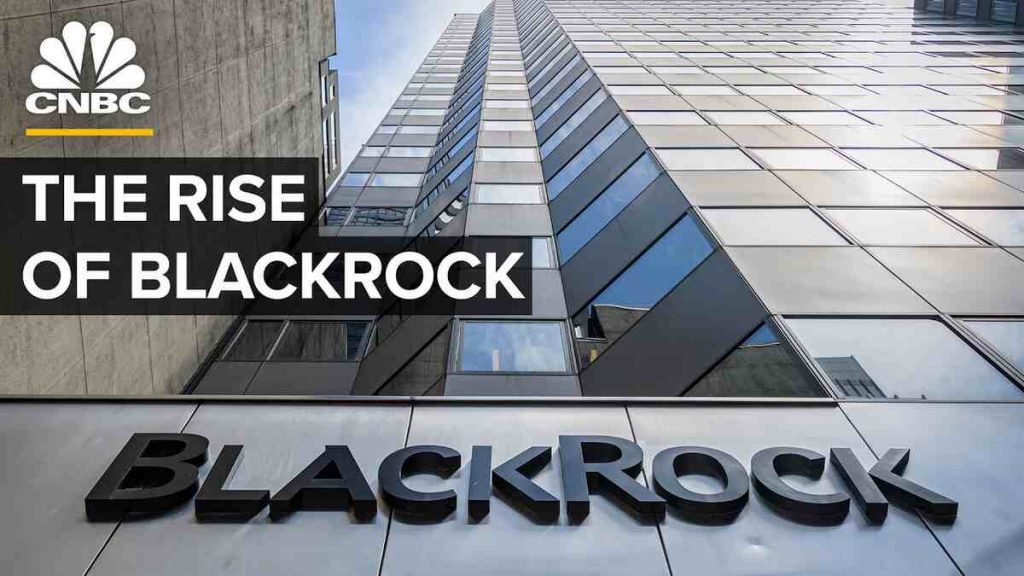BlackRock stands as a preeminent force within the realm of finance on a global scale. As the concluding quarter of the year approached its end, the colossal entity boasted an impressive $9.464 trillion in assets under its skillful management, thereby securing its position as the largest asset manager worldwide.
Such a remarkable magnitude of influence has bestowed upon CEO Larry Fink a profound resonance within the international endeavor to combat the escalating specter of global warming. Fink embarked on this transformative decade by penning a letter addressed to the company’s shareholders, an epistle that resounded with a resolute call for the cultivation of enhanced stewardship with regards to issues concerning the environment, societal well-being, and corporate governance.
The genesis of these concerns can be traced back to the intricate tapestry of dialogues between BlackRock and its diverse array of clients spanning the corners of the globe. A notable instance transpired at a significant assembly hosted by the Bank of Italy earlier in the same year. Within the confines of this forum, Fink articulated his perspective, asserting that the imposition of rigorous standards for emissions disclosure upon publicly traded companies could potentially yield inadvertent consequences. The ramifications, he cautioned, might inadvertently fan the flames of a counterproductive backlash aimed at the corporate giants, exacerbating a dichotomy between the mammoth conglomerates and their diminutive counterparts. Moreover, the discourse might unwittingly fuel an escalating tide of political polarization, sowing seeds of division in an already fractured landscape.
Esteemed legal scholars, such as Paul Mahoney from the University of Virginia, have illuminated a notion that transcends the conventional frontiers of fiduciary obligation. Within this contemplative arena, Mahoney posits that the burgeoning advocacy for the augmentation of Environmental, Social, and Governance (ESG) standards could conceivably ascend to a loftier plateau. The narrative takes a distinct turn as it embraces a dimension wherein entities such as BlackRock assume a role that stretches beyond their fiduciary duties.
Paul Mahoney elucidates, “BlackRock, in particular, has exhibited conspicuous clarity in its messaging, propounding the belief that the strategic integration of ESG factors throughout its portfolio stands poised to furnish a trajectory marked by superior returns.” This stance effectively crystallizes the perception that these multifaceted standards, inherently rooted in ESG considerations, could indeed become pivotal instruments in the orchestration of more lucrative financial outcomes. The melding of financial prudence with conscientious responsibility emerges as a hallmark of BlackRock’s operational ethos.
The ascent of BlackRock and its meteoric rise to its present zenith were meticulously constructed upon the twin pillars of sagacious long-term risk management and an assiduous embrace of technological advancements. This potent blend has propelled BlackRock to a venerated echelon within the pantheon of global financial entities, a phenomenon that materialized within an astonishingly abbreviated time frame. However, what truly magnifies the import of this ascendancy is the strategic deployment of the accrued influence. BlackRock now embarks upon a concerted endeavor to galvanize publicly held corporations into assuming a proactive stance on matters pertaining to ESG considerations.
The narrative arc of BlackRock’s trajectory, from its humble origins to its contemporary preeminence, is a narrative imbued with both inspiration and strategic acumen. The visual account encapsulated in the video presentation above chronicles this odyssey, illustrating how BlackRock charted its course to prominence within the intricate labyrinth of the global financial order. Furthermore, the video unveils the blueprints that delineate BlackRock’s vision for sculpting the contours of the future within the expansive terrain of the global economy.
In summation, BlackRock’s resounding dominance in the financial domain is unequivocal. The towering edifice of its influence, reflected in the staggering magnitude of assets under its adept management, serves as a testament to its unrivaled stature. CEO Larry Fink’s resonant call for heightened conscientiousness through his seminal letter to shareholders underscores BlackRock’s commitment to fusing financial prudence with environmental, social, and governance considerations. The resonance of these concerns is amplified through dialogues with a global clientele and reflects in Fink’s cautionary stance against inadvertent repercussions of stringent emissions reporting standards. Legal scholars, led by luminaries like Paul Mahoney, extend the discourse, suggesting a transformative potential that transcends conventional fiduciary paradigms.
BlackRock’s trajectory, an ode to astute risk management and technological prowess, has now pivoted toward the elevation of ESG considerations to a foundational role within its modus operandi. This ascent, chronicled visually in the provided video, encapsulates a saga of ambition and strategic navigation. As BlackRock embraces the mantle of influence, it endeavors to steer public corporations toward proactive ESG action, infusing the global economic landscape with a renewed sense of responsibility. The future, as envisioned by BlackRock, converges upon a nexus where financial prosperity converges harmoniously with conscientious global well-being.
